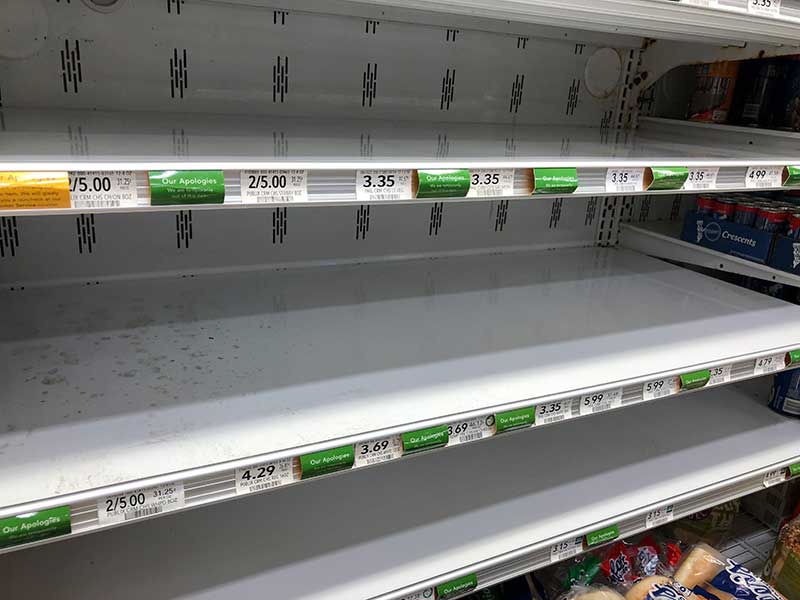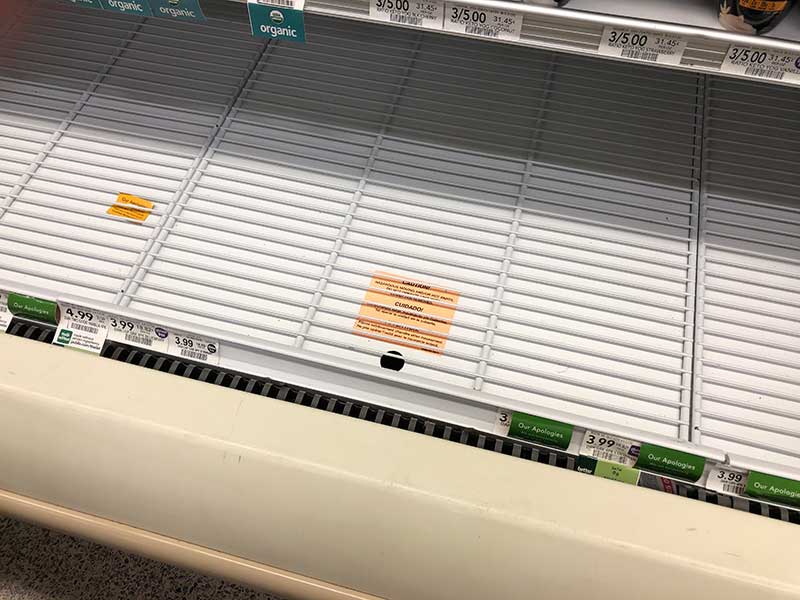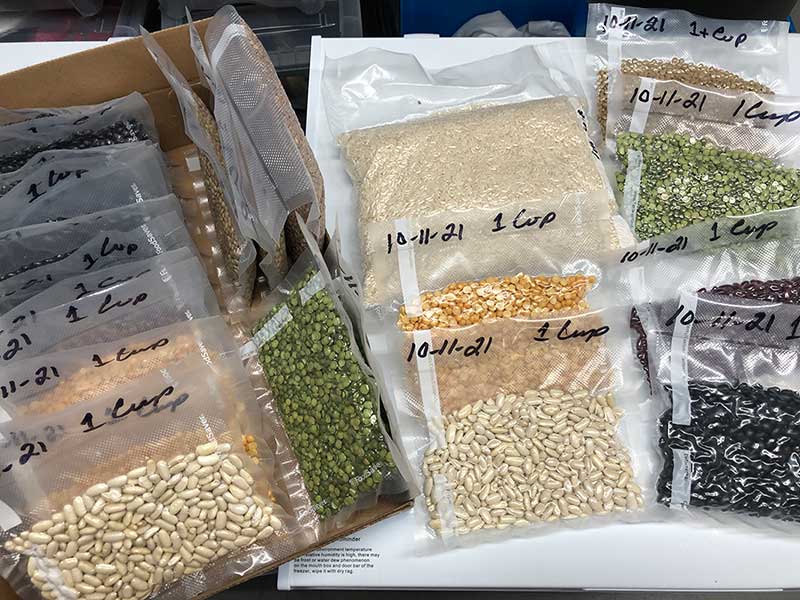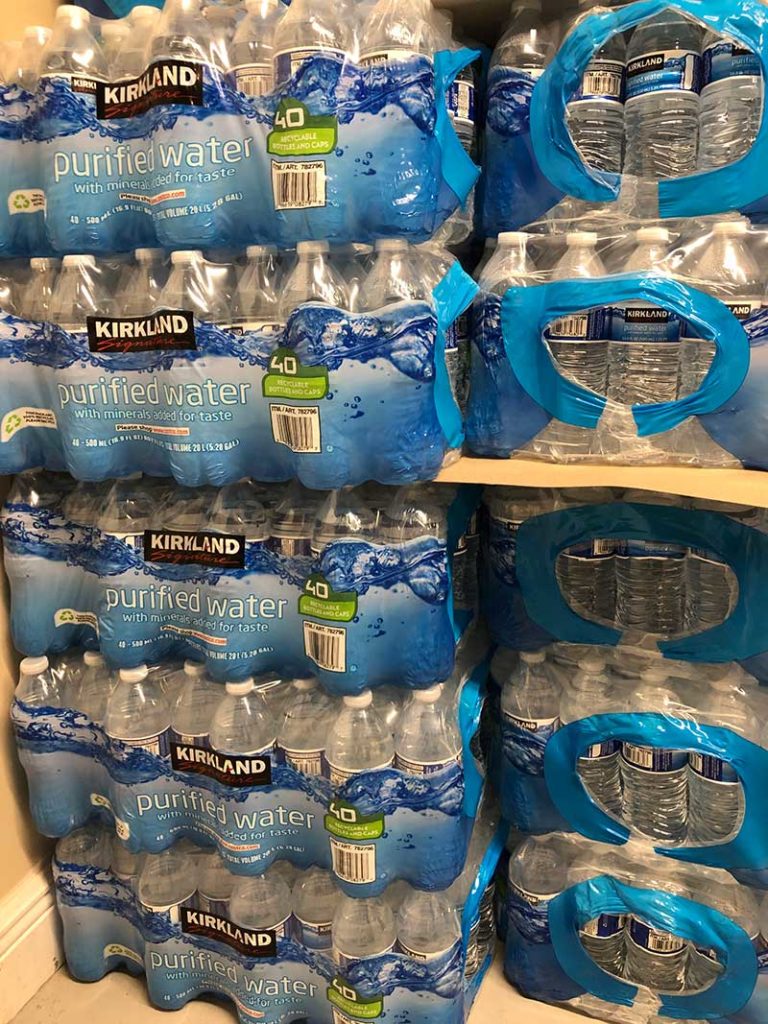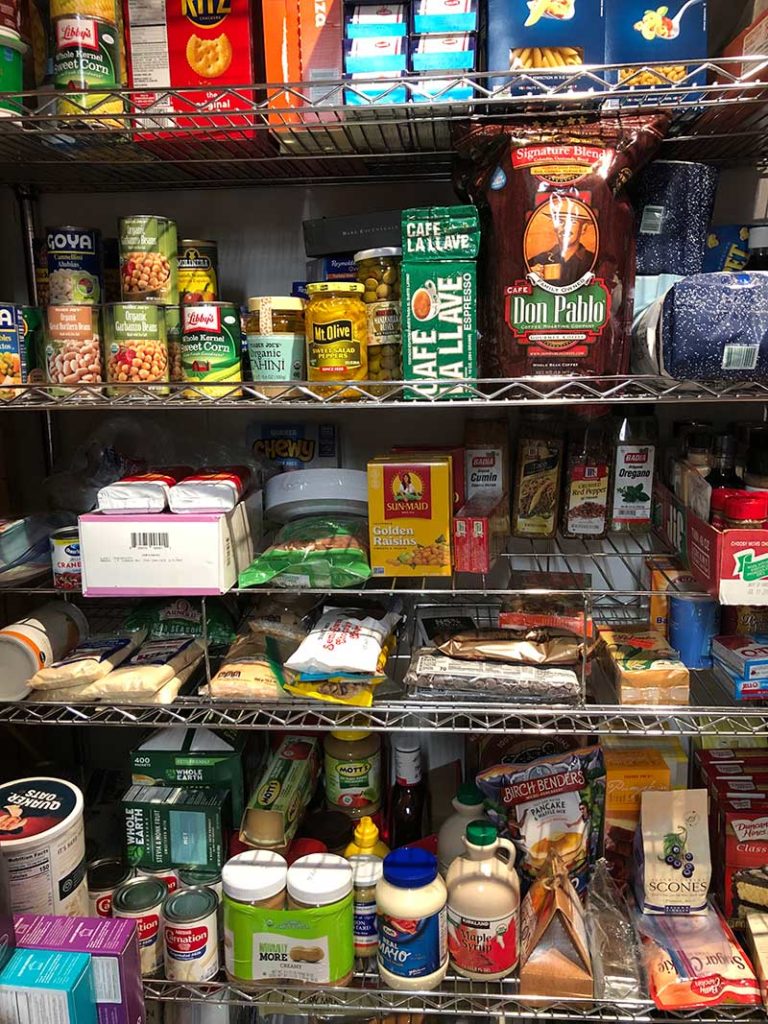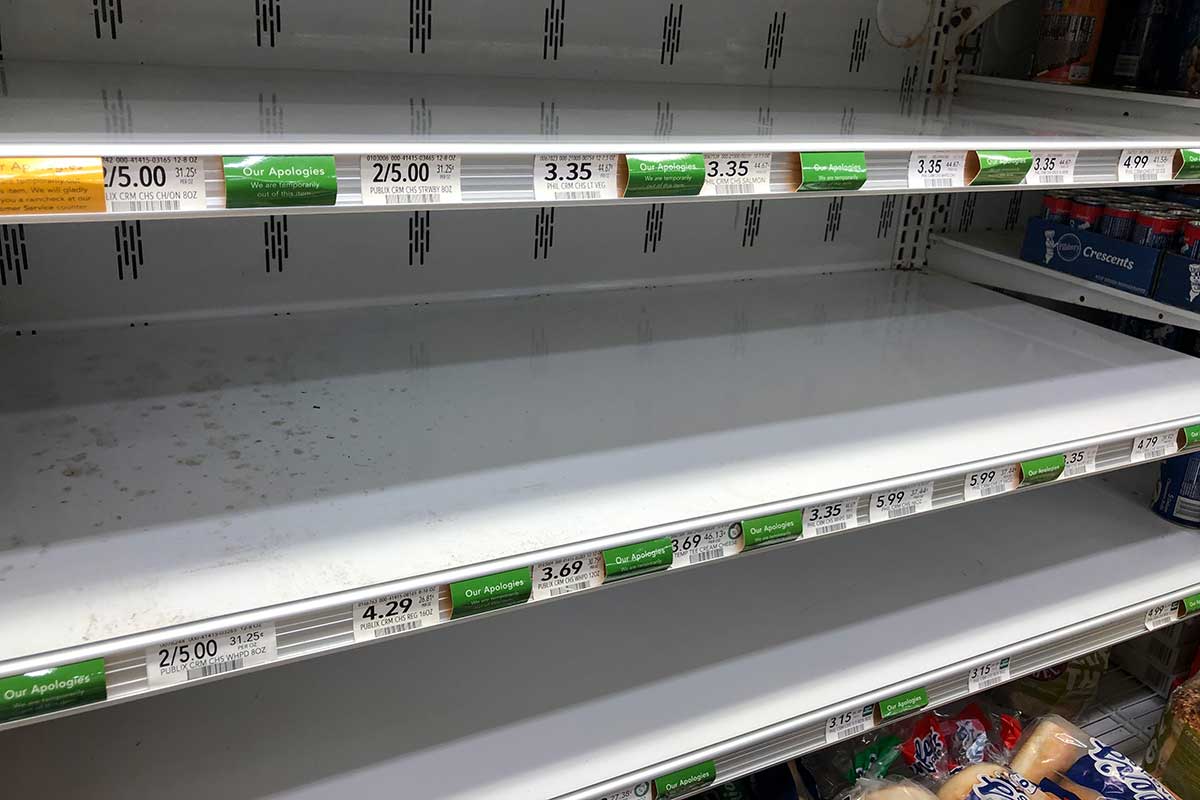
AC-111921–SC-1-800
It started with people fighting over toilet paper. Then household items started disappearing for the retailer’s shelves. This was followed by raising prices and shrinking package sizes. Earlier this year we began hearing of a shortage of truckers, and of hundreds of container ships waiting for weeks, sometimes longer, to dock and unload their cargo.
Finally, as we approach the year end, we’re experiencing what seems to be a combination of many of the above. What started out as a temporary problem now appears to be much more serious and complex, and a lot less “temporary” than we may have imagined.
In this article, we discuss what’s happening with the supply chain, how it could affect you, and what you can do to protect yourself and your family. We focus on food, but these same strategies also apply to all the household items we need and use on an ongoing basis.
WHAT’S GOING ON?
Some are calling it “the perfect storm.” Shortages of trucks and drivers, coupled with uncertain economic conditions, rising transportation/fuel costs, personnel shortages, government mandates, and pockets of political and social unrest.
As the U.S. economy began its recovery from lockdowns, a severe recession, business closures, record unemployment, massive currency creation, and dizzying government (deficit) spending, the marketplace now appears to be entering a new and more precarious phase—the aftermath.
What we commonly refer to as the supply chain, is simply how goods get from their point of origin to retail locations and eventually to the consumer. But there is nothing simply about the supply chain, it’s complicated and in order for it to function properly it depends on an intricate choreography involving many finely timed components. The supply chain is also greatly influenced by economic and political conditions, commodity prices (especially energy/fuel costs) and conditions in the marketplace.
When all the pieces fall in place, the modern supply chain very efficiently delivers goods to where they need to be, over huge distances and numerous time zones. But, when the various components fall out of lock step, it can result in anything from a simple delay, to a complete breakdown. Where we are right now, and where we will end up, only time will tell.
As we enter this new phase, many people are starting to realize that restocking their food pantries may not be as easy as going to their local supermarket or big box retailer. Those familiar retailers may not be well-stocked, or in the worse-case scenario may not be stocked at all. This new reality should not shock anybody, preppers and survival experts have been warning about this for many years.

With the recent supply chain disruptions, many more shelves are empty or only contain a small selection of goods.
WHAT TO DO BEFORE THE REAL PANIC BEGINS
If you have been actively preparing, now is a good time to reassess your needs and fine tune your plans. If you’re just getting started, this is a very good time to do a lot of catching up. Either way here’s a general overview to help get you started, and to focus your efforts on the essential basics.
• Formulate a viable food purchase and manage plan to ensure you make the most of your precious food dollars. There is no time like the present, get a plan and get it done now. Fast track your efforts and start building up your food stores with a sense of urgency.
• Your first priority is to ensure you can feed yourself, it’s all about the calories. Formulate a plan to provide 2,000 calories per person, per day.
• Store an assortment of calorie-dense, shelf-stable foods.
• Stockpile and maintain a variety of foods that you eat regularly.
• To ensure freshness, and to minimize waste, rotate your supplies on a consistent basis.
• Store all foods in cool, dry conditions, away from heat, moisture, humidity and sunlight.
• Minimize the possibility of spoilage and pest contamination by sealing foods in strong vacuum sealed bags and other food-safe, pest-resistant containers.
• Test all foods before buying large quantities, and always sample for food allergies, taste and digestibility.
• Digestion of protein-rich foods requires extra water, so store a minimum of 30-60 day supply of emergency water, (no less than two gallons per person, per day) and have at least three methods for disinfecting suspect water. (All water is suspect until disinfected.) I strongly recommend you store as much water as possible, you can never have too much.
• Have at least two high-quality can openers, and several low-profile heating methods. In an emergency situation, the goal is to have a way to warm up food without attracting attention to you or your food stores.
• Normally, this would be a process that you could start slowly and incrementally add to your efforts over time. But, the hour is late, and time is of the essence.
CONCLUSION
While none of us have any control over the supply chain, inventories, or the price of goods, one thing is certain: when the fear hits simple shortages will turn into panic and possibly violence. Nothing rouses people up like hunger, especially in countries accustomed to abundance.
Much can happen in the coming months, but between now and then, there are many things we can all do to protect ourselves and our loved ones. Make sure to have a plan, figure out what you need, and get it done now.
Things can very quickly devolve from limited inventory, to out of stock, to people fighting over that last loaf of bread.
Stay Safe, and Be Prepared.

